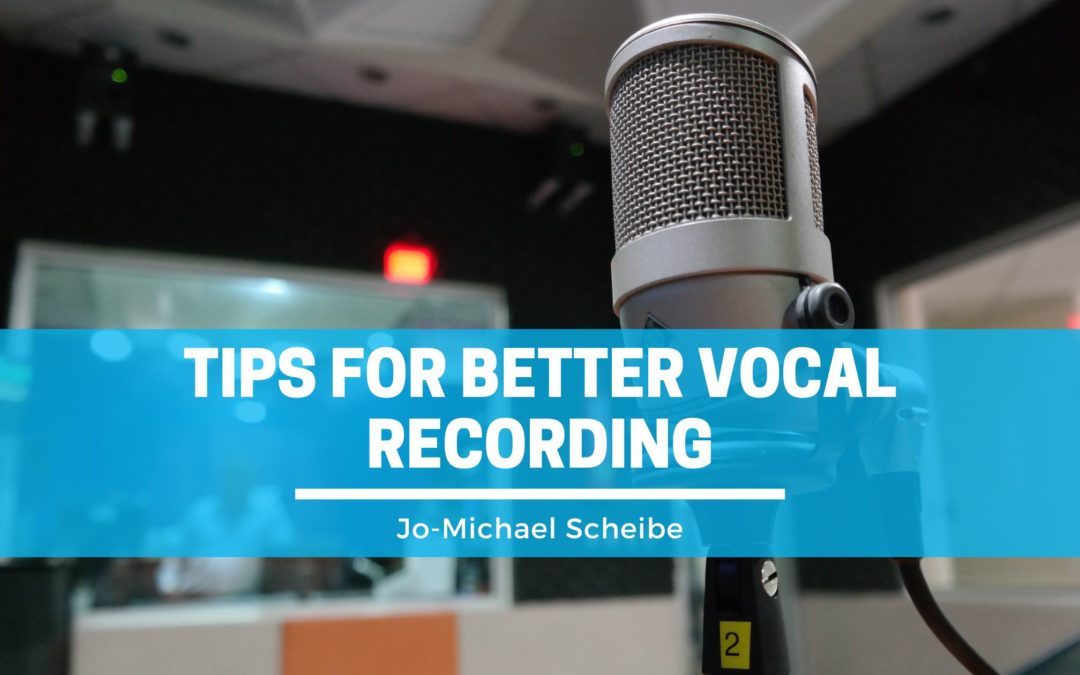Vocals are the lead and the last flourish of your musical masterpiece for the vast majority of recorded music. Adhering to the fundamental principles given below will assist you in developing positive habits in order to produce voices that sound professional.
Environment
Room acoustics are crucial for getting fantastic outcomes. The sound of your recording environment dramatically affects the audio character of your recordings. Numerous initiatives fail at the first hurdle due to the unsatisfactory acoustic conditions in most home studios. Contrary to popular belief, however, poor acoustics are avoidable, even on a tight budget. Hang a thick blanket or duvet behind the vocalist as a cost-free alternative. This will help to stop unwanted reflections from entering the mic. Companies sell vocal booths and specifically designed room kits to reduce reflections. They are available in multiple sizes if you can afford a more long-lasting and visually beautiful solution. Another solution for poor room acoustics is dynamic microphones.
Talent
The vocal cords are a muscle. Just like warming up before exercise, it is crucial to conduct warm-up activities to ensure that a voice is prepared to perform. Failure to do so may cause vocal strain, resulting in a subpar performance or even voice damage.
Make the surroundings a calm environment. A performer who is at ease will provide a more confident, in-tune performance. Although it’s crucial to maintain temperatures at reasonable levels, consider turning off the air conditioning in advance since it can harm a vocalist’s throat and airways. Your studio’s atmosphere and lighting can also foster creativity.
Equipment
The input step is the most crucial at every signal chain stage. It is easier to get the right sound at the moment of input rather than fixing things in post-production. Dry voices must first go through a vocal chain, a series of processing stages, before being added to the final mix. Your microphone is the first link in that chain, followed by the preamp, compressor, and equalizer. When selecting a microphone, condenser microphones are usually used as the standard. However, dynamic microphones are less costly and, in some instances, work more efficiently. In addition, the added expense of pop filters is needed with condenser microphones to avoid distortions.
Before recording a track, ensure the singer can hear the mix clearly. It can prevent retakes or editing later. Test to determine the optimal microphone and positioning for your vocalist & equipment. Remember to pair your monitor mix with high-range, closed-back headphones.

